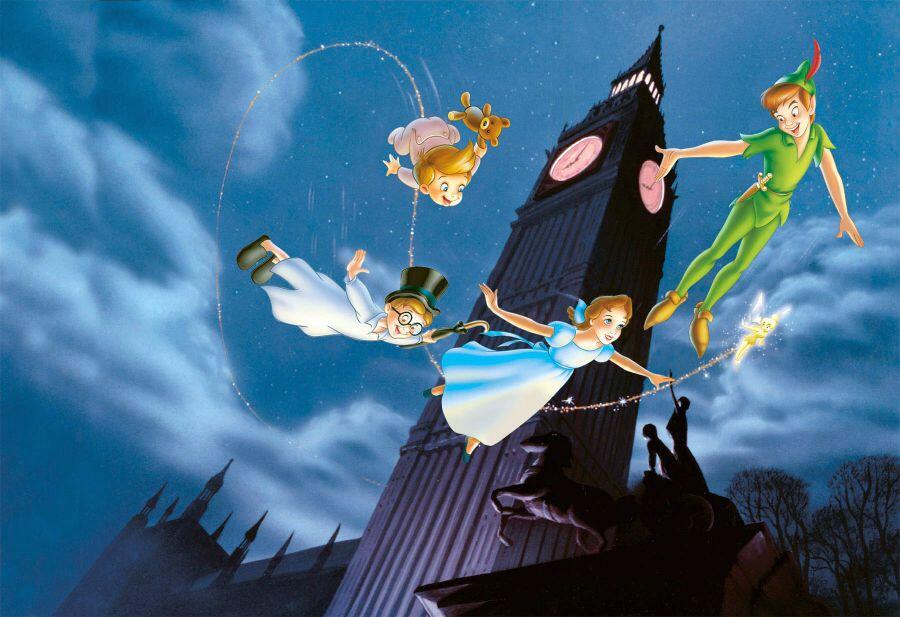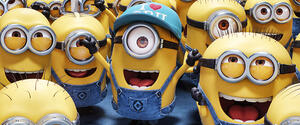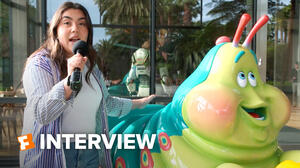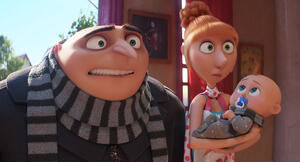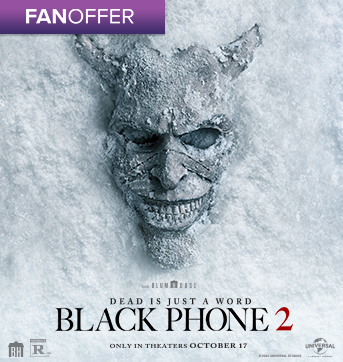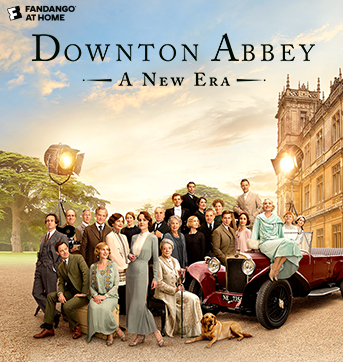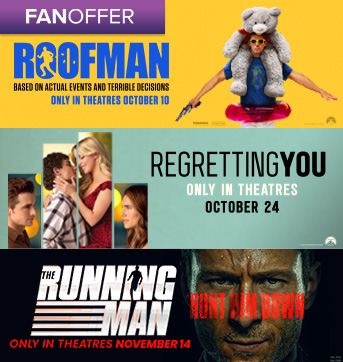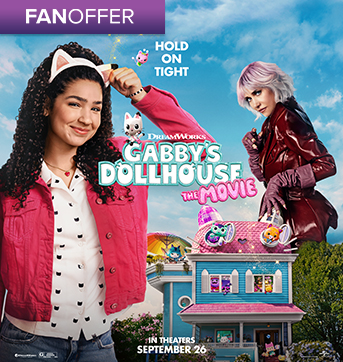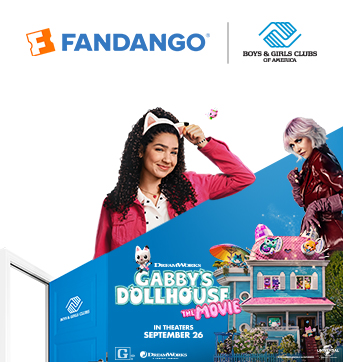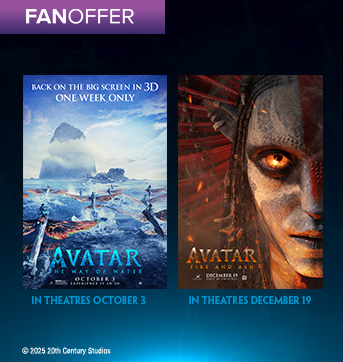
“You know that place between sleep and awake, that place where you still remember dreaming? That’s where I’ll always love you. That’s where I’ll be waiting.”
J.M. Barrie, Peter Pan
I remember flying things and a blanket wrapped around me. I was small in the backseat, somewhere between the screen and a dream, worn from too long spent with arms stretched outward, dangling over the bench in front of me between my father flush with steering wheel and my mother all shushes and cans of Shasta.
There was a ship in the clouds and it followed us home, clever in the night sky with a sail of stars and pixie dust. I watched it fade in and out of eyelids, prone as I was and unrestrained. I stayed afloat on rippled cushions and a rumbling sea more sweat than saltwater—paved waves of sun-grayed wandering and the occasional dents of cannon fodder.

The drive-in was across town the next town over, and the highway was quickly swallowed by cotton fields and cactus. Home was dry and endless and sewn with shadows, the opposite of Neverland and the closest thing I would ever have to it.
I grew up, despite Peter Pan insisting I do otherwise. It was straight on till morning, all alarm clocks and crocodiles. But I have kept my happy thoughts with me. The classic Disney film may not have been my first movie, but it is the first one I remember, at least in bits and theory. Peter Pan blurred and twisted and dared me to jump from sofas with nothing but happy thoughts and undershorts, the soundtrack on a turntable skipping in the background.
The movie mixed with Disneyland and the ride that it inspired, a tie with nostalgia that has kept it my favorite despite the decades fading—a direct link to the little boy I was, sandwiched by grandparents now gone, in a boat in a memory. I still ride it every single time we visit the park, my own boys tight beside me. It is a time machine, with the added irony of a 40-minute wait.
My awareness grew, too, stretching far past the wants of endless childhood and into matters much more real, the movie’s depiction of native peoples and the treatment of women—negative stereotypes animated forever on film, marked like a timeline—and I have used the wrongs of Peter Pan to teach my children the rights of reality.
Then there are the songs and the missing of a mother. Time has only changed the meaning of the tears and added more weight to them. Some lullabies are crueler than others.
There is a difference between growing up and growing old, and only the stars have stayed the same. The second one on the right is a good place to start.
For a new take on this classic story, check out Pan, in theaters Oct. 9.
